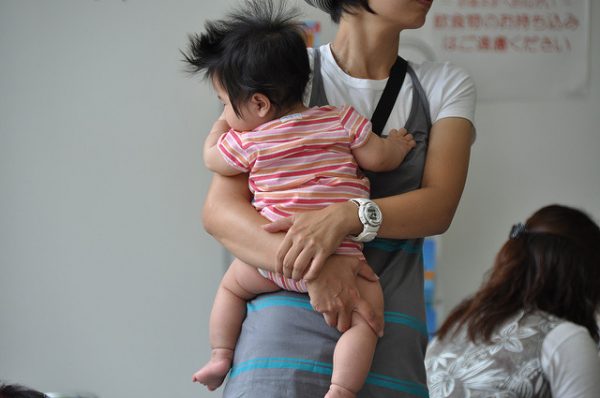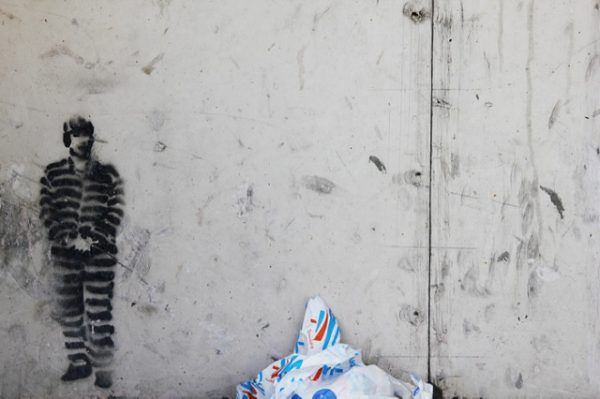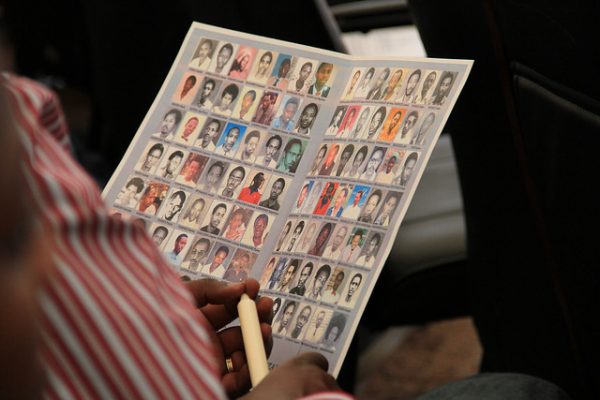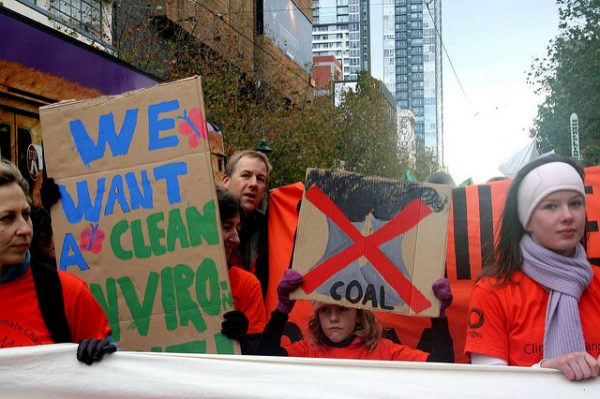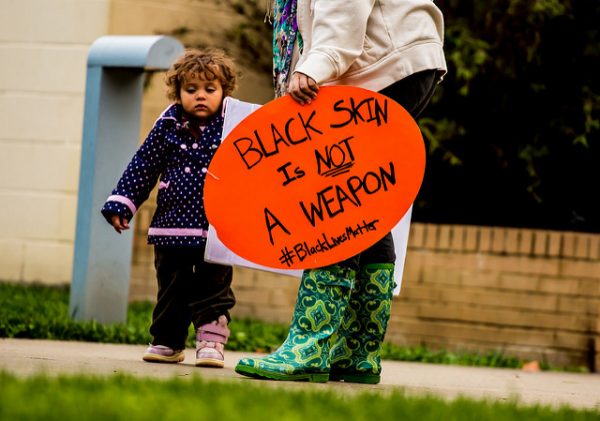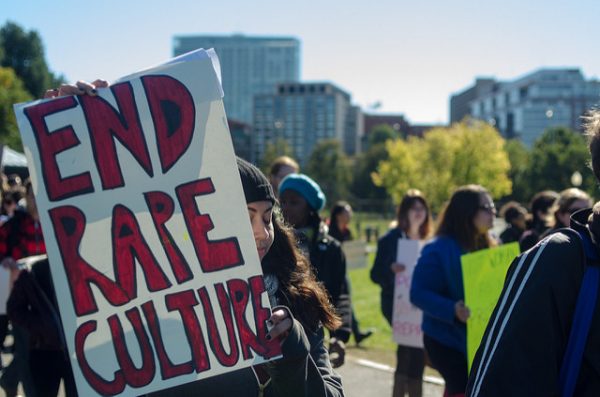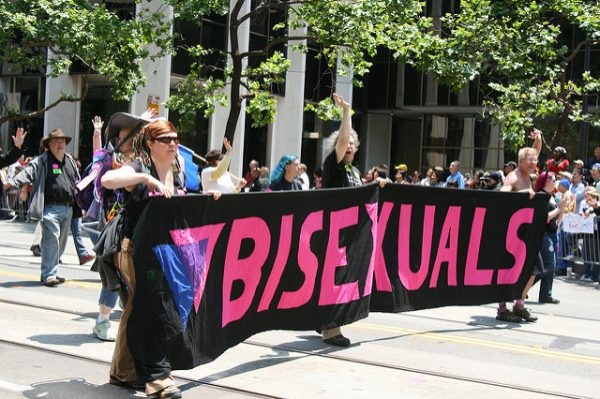
From a favorite lighting trope to the album premiere of the season, bisexuality and pansexuality are having a major cultural moment. According to recent social surveys, the number of people who identify as bisexual is on the rise. Social science research studying bisexuality shows us how a more fluid look at sexual identity brings both benefits and challenges.
For many people, identification with a particular sexual orientation is not a clear and consistent process. Some bisexual people come out later in life, or choose different labels for it. And how “out” you are can depend on the gender and number of partners you have. Today, more young people are embracing this fluidity as “something other than straight.”
- Paula C Rust. 1993. “‘Coming Out’ in the Age of Social Constructionism: Sexual Identity Formation among Lesbian and Bisexual Women.” Gender & Society 7(1): 50-77.
- Paula England, Emma Mishel, Mónica L. Caudillo. 2016. “Increases in Sex with Same-Sex Partners and Bisexual Identity Across Cohorts of Women (but Not Men).” Sociological Science 3(42): 951-970.
- Kristin S. Scherrer, Emily Kazyak, and Rachel Schmitz. 2015. “Getting ‘Bi’ in the Family: Bisexual People’s Disclosure Experiences.” Journal of Marriage and Family 77(3): 680-696.
But this fluidity can also have consequences. Bisexuals face unequal health outcomes and wage disparities, and additional social stigma in both straight identified and queer identified spaces.
- Trenton D Mize. 2016. “Sexual Orientation in the Labor Market.” American Sociological Review 81(6): 1132-1160.
- Bridget K. Gorman, Justin T. Denney, Hilary Dowdy, and Rose Anne Medeiros. 2015. “A New Piece of the Puzzle: Sexual Orientation, Gender, and Physical Health Status.” Demography. 52(4): 1357–1382.
- Lori E.Ross, Laurel O’Gorman, Melissa A.MacLeod, Greta R.Bauer, Jenna MacKay, and Margaret Robinson. 2016. “Bisexuality, Poverty, and Mental Health: A Mixed Methods Analysis.” Social Science & Medicine 156: 64-72.
But wait, there’s some good news! The way researchers study bisexual behavior — often comparing bisexual individuals with two or more partners to straight or gay individuals with only one or more partners — means that some of the differences in health may be exaggerated. Despite greater attention to bisexual individuals in popular culture, we must not forget the challenges faced by this population. In a world that likes clear labels, it is easy for people who don’t fit those categories to fall through the cracks.
- Greta R.Bauer and David J. Brennan. 2013. “The Problem with ‘Behavioral Bisexuality’: Assessing Sexual Orientation in Survey Research.” Journal of Bisexuality 13(2): 148-165.


